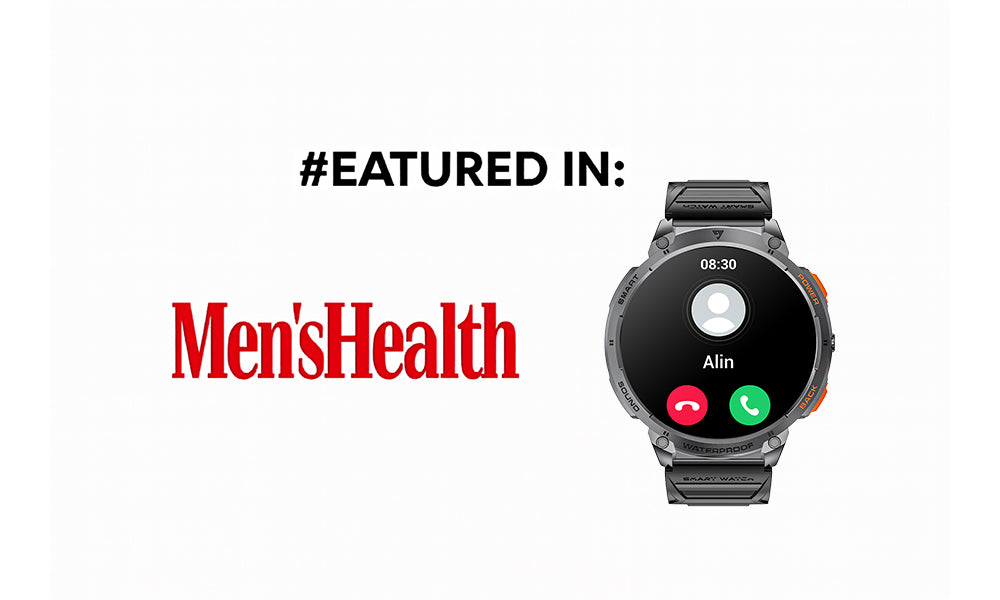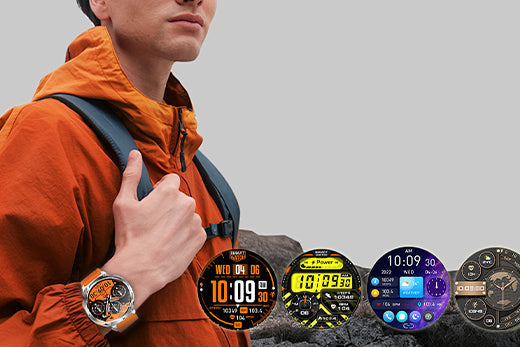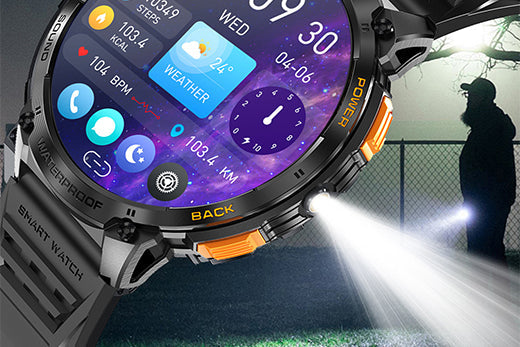According to the latest IDC report, the global smart wearable market has a compound annual growth rate of 18.7%, and the device functions will be fully upgraded to health management centers in 2025. Faced with a new generation of fitness trackers that integrate medical-grade monitoring, exercise guidance, and stress management, how can consumers make accurate choices?
Fitness trackers are no longer just fashion accessories - they are your personal health coach, sleep monitor, pedometer, and sometimes even the phone on your wrist. But with so many options on the market, how can you choose a fitness tracker wisely?
1.Demand positioning: building a personal health blueprint
Before browsing the products, please complete this digital health questionnaire:
▶ Core demands: fat loss and body shaping/improving sports performance/chronic disease management/stress regulation
▶ Usage scenarios: daily health monitoring/professional sports training/outdoor adventure/medical assistance
▶ Data accuracy: medical-grade testing needs/sports indicator tracking/basic health records
Industry insights: WHO's "2025 Digital Health White Paper" pointed out that 78% of users have idle devices due to redundant functions. It is recommended to prioritize matching core needs, such as only basic monitoring.

2. Focus on key functions
The following are the must-have features to consider when buying a fitness tracker:
Heart rate monitoring: a must-have feature for aerobic exercise and stress tracking.
GPS tracking: suitable for runners, hikers, and cyclists who need route data.
Waterproofness: a must-have feature for swimmers and sweaty sports.
Sleep tracking helps you understand your sleep stages and recovery.
Battery life: some models can only be used for 1-2 days, while others can last for more than 10 days.
Compatibility: Make sure it works with your iOS or Android device.
Display and comfort: If it’s uncomfortable or hard to read in sunlight, you won’t wear it.
3. Top brands to consider

When people search to buy a fitness tracker, these brands come up again and again—and for good reason:
Fitbit: User-friendly, with great health metrics and community features.
Garmin: A favorite among athletes, runners, and outdoor enthusiasts.
Apple Watch: More like a smartwatch, but with great fitness features.
Mingdaln Rugged Series: Durable, with long battery life and support for outdoor tracking, perfect for extreme conditions.
Xiaomi Mi Band: Affordable, feature-rich.

4. Budget market
You can find a wide variety of trackers, ranging in price from $30 to over $500. Here’s a quick guide:
| Price Range | Features You Get |
|---|---|
| $30–$60 | Basic step, sleep, heart rate tracking |
| $70–$150 | GPS, waterproofing, workout modes |
| $200–$500+ | Advanced metrics, ECG, Bluetooth calling, third-party apps |
Conclusion
To shop smart for a fitness tracker, be sure to strike a balance between features, form factor, and price. Avoid being fooled by fancy features you won’t use. The right fitness tracker can motivate you to exercise, improve your sleep, and help you reach your goals.
Remember: It’s not about having the most advanced equipment but about finding a fitness partner that fits your lifestyle.





Leave a comment
This site is protected by hCaptcha and the hCaptcha Privacy Policy and Terms of Service apply.